We provide various information
about Sado et chocolate.
Details of the
Sadō Lesson
(Brand story)
Japanese traditional culture in a lighthearted way.
「Sado et Chocolat」
Even if you are not comfortable sitting in seiza style(the traditional Japanese sitting posture), do not have a tatami room, or
live overseas. We believe it’s possible to experience and touch with Japanese traditional culture and spirit. It felt a shame to
confine the beauty and sensibility of Japan, cultivated over ages, locked up only in the time of the past. “Sado et Chocolat”
proposes the tea ceremony, one of the Japanese philosophies and aesthetics, as something that lives in the modern age. The
changing of the seasons, the way we interact with nature, the way we look at beauty…. We want people who have not had much
contact with traditional culture, people with roots in Japan, people from all over the world, and people in wheelchairs to feel a
part of its essence. With this in mind, we teach the Urasenke school of tea ceremony, which can be enjoyed at a table or
seated. The real thing, lightly. We offer a new kind of tea ceremony class.
Learning the Heart of the Tea Ceremony
“Wabi and Sabi” of the tea ceremony is the beauty of transience, and a gaze toward things that are incomplete.
We find beauty hidden in simple and unadorned things, and we admire the signs of change and the beauty of what is missing
or imperfect in the midst of the vagaries of time. It is said that wabi-sabi refers to the world of tranquility that comes from this world. Please experience the unique charm of Japan.
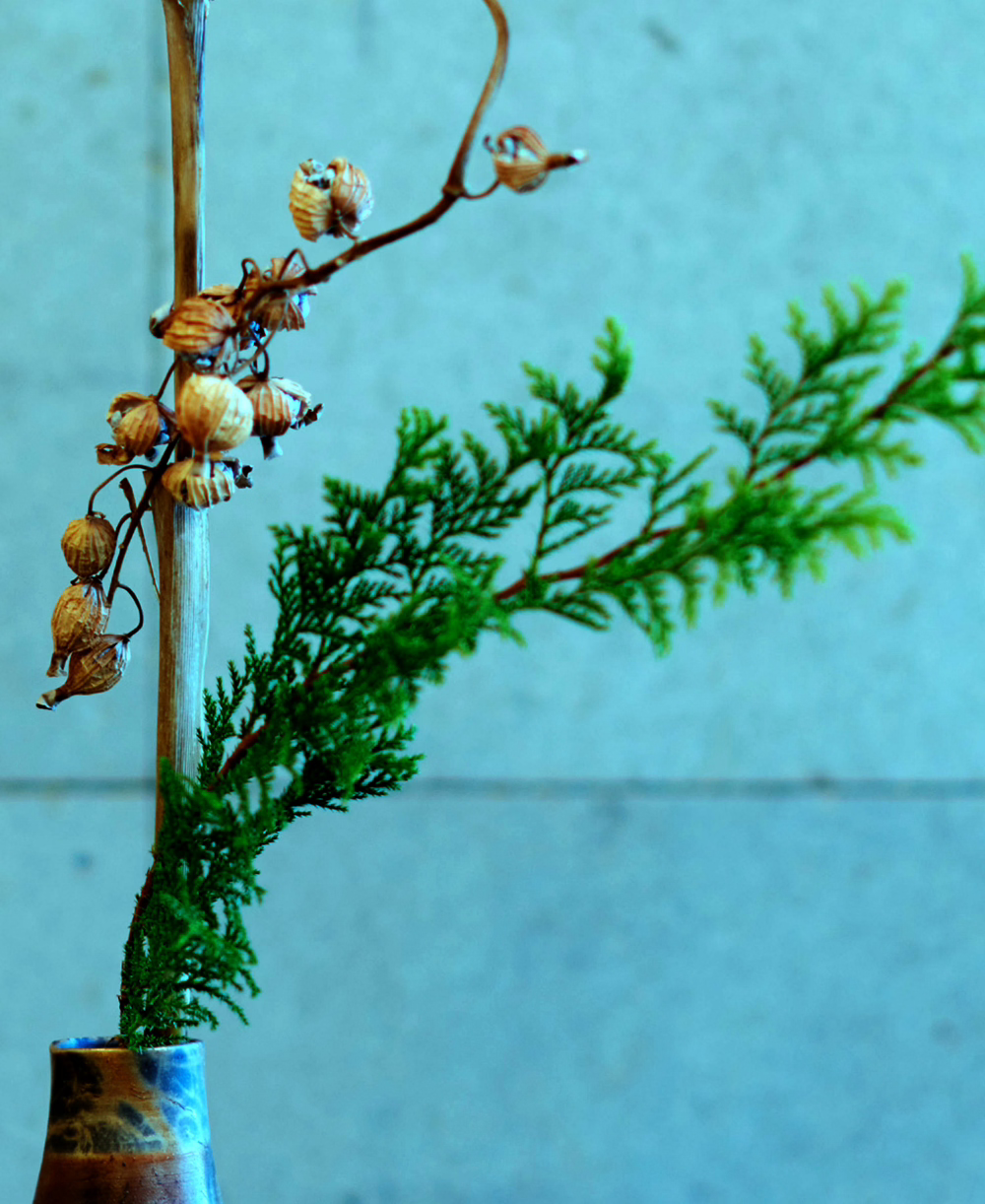
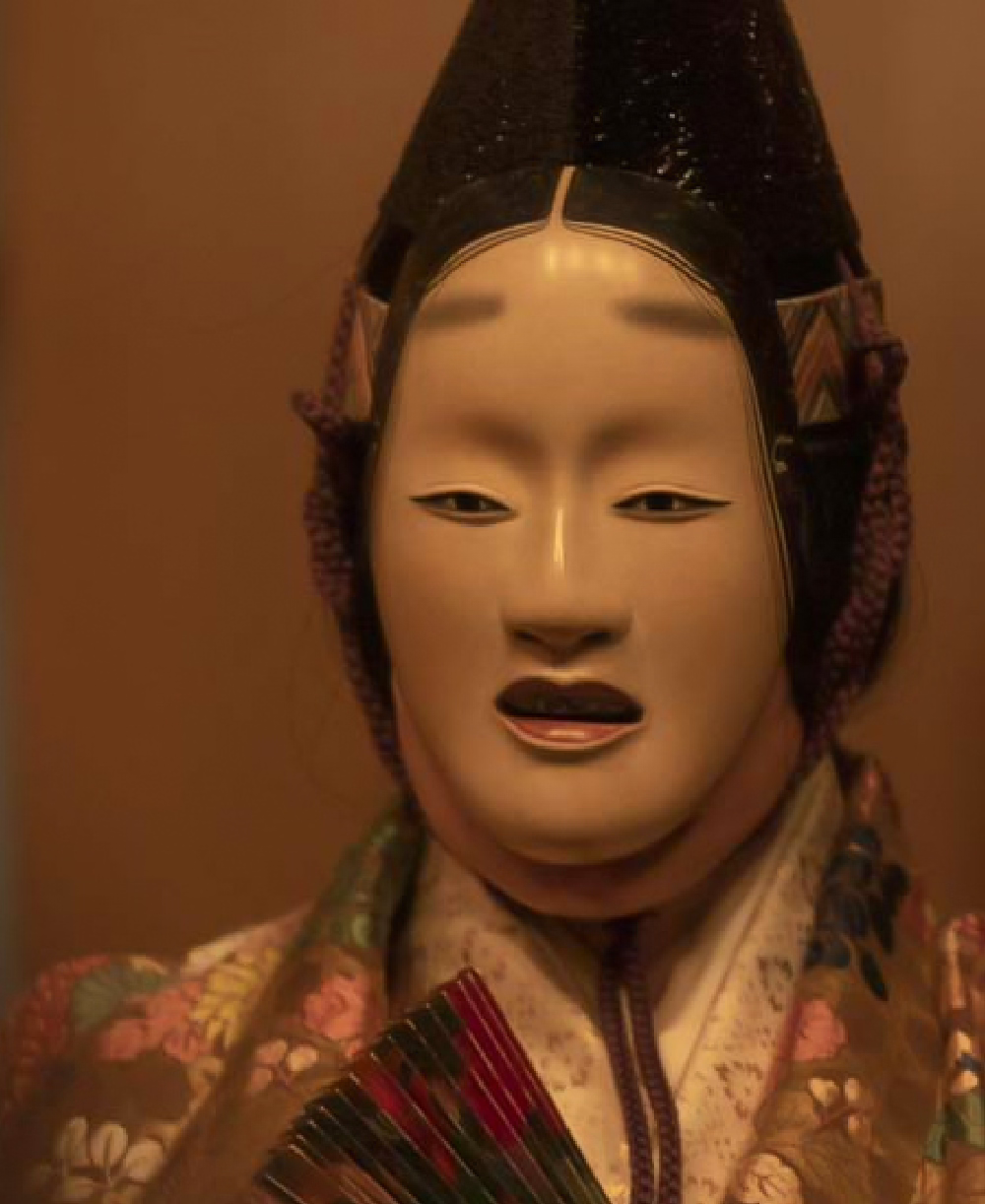
From “Form” to “Heart”.
We begin with “form,” as in Noh theater.
Japanese culture is said to be a culture of the “form”. The
“form” is the essence of manners that are passed down from person to person over generations, becoming more beautiful and refined in a natural way. In “Sado et Chocolat,” you will learn the “form” of the tea ceremony. In the words of Zeami,
who perfected the Noh theater in the Muromachi period (15th century), “From the heart emerges the form, and from the form returns the heart. We will study the “form” and aim to go
beyond it.

“Chanoyu” and “Zen” share the
same origin.
Learning the practice of “chanoyu” is called “sado (tea
ceremony)” The tea ceremony originates from Zen
Buddhism, and the belief that their essence is one is
called “cha zen ichi mi (tea and Zen as one)”. Tea rituals
are essential in Zen temples, and it is said that by
repeating precise movements, one becomes sensitive to
subtle changes and differences, bringing the unconscious
into awareness. Purity and harmony. Please experience
the sensation of becoming one with nature.
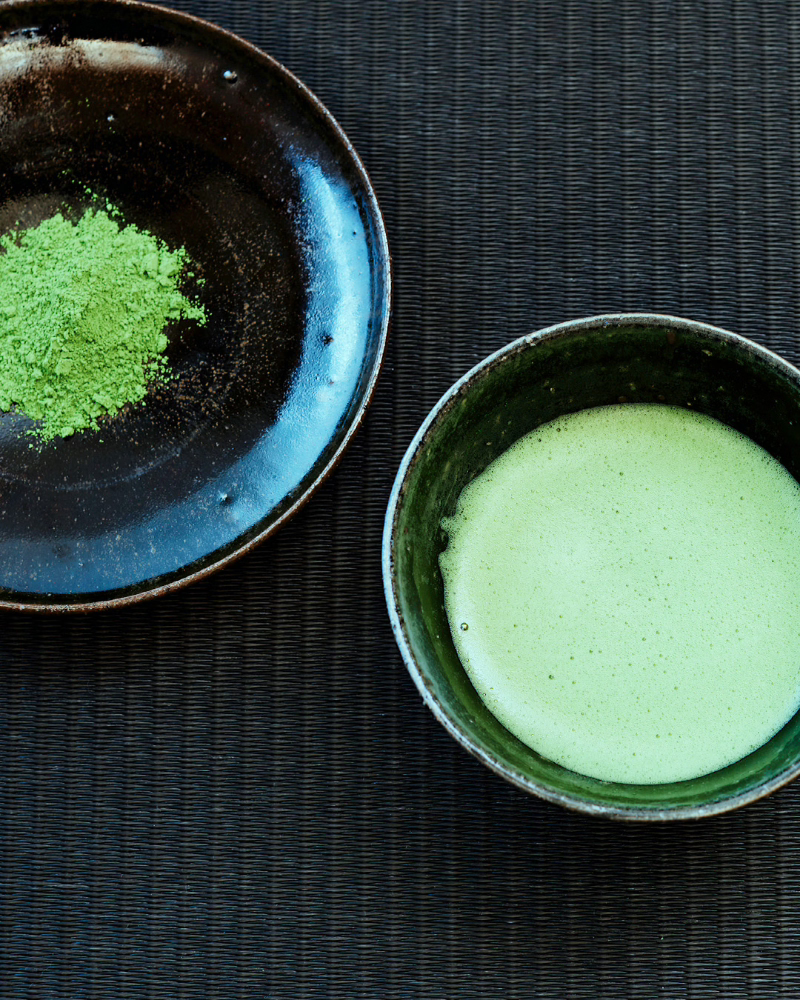
Matcha is a superfood. It is
attracting worldwide attention.
Matcha is now attracting attention as a superfood in
Europe, the United States, and the rest of the world.
Matcha is made from steamed and dried tea leaves that
are ground into a fine powder using a stone mill. It
contains vitamins A, C, and E, all of which are essential
for beautiful skin, and tea catechins are said to be
effective in breaking down fat and lowering bad
cholesterol. In addition, theanine provides umami and a
relaxing effect. It is also high in antioxidants and is
popularly known as Japanese power food.
What is tea ceremony at a cafe?
It’s not enough just to remember manners. Learning the tea ceremony means learning about the Japanese aesthetic sense and spirit that has been passed down from generation to generation. To that end, I think the tea ceremony should be a little more free and easy. Rather than having an extraordinary ceremony in a tatami room, you sit on a chair and enjoy the Japanese Espirit and tea ceremony like you would at a cafe. It is a new style called “cafe tea ceremony.
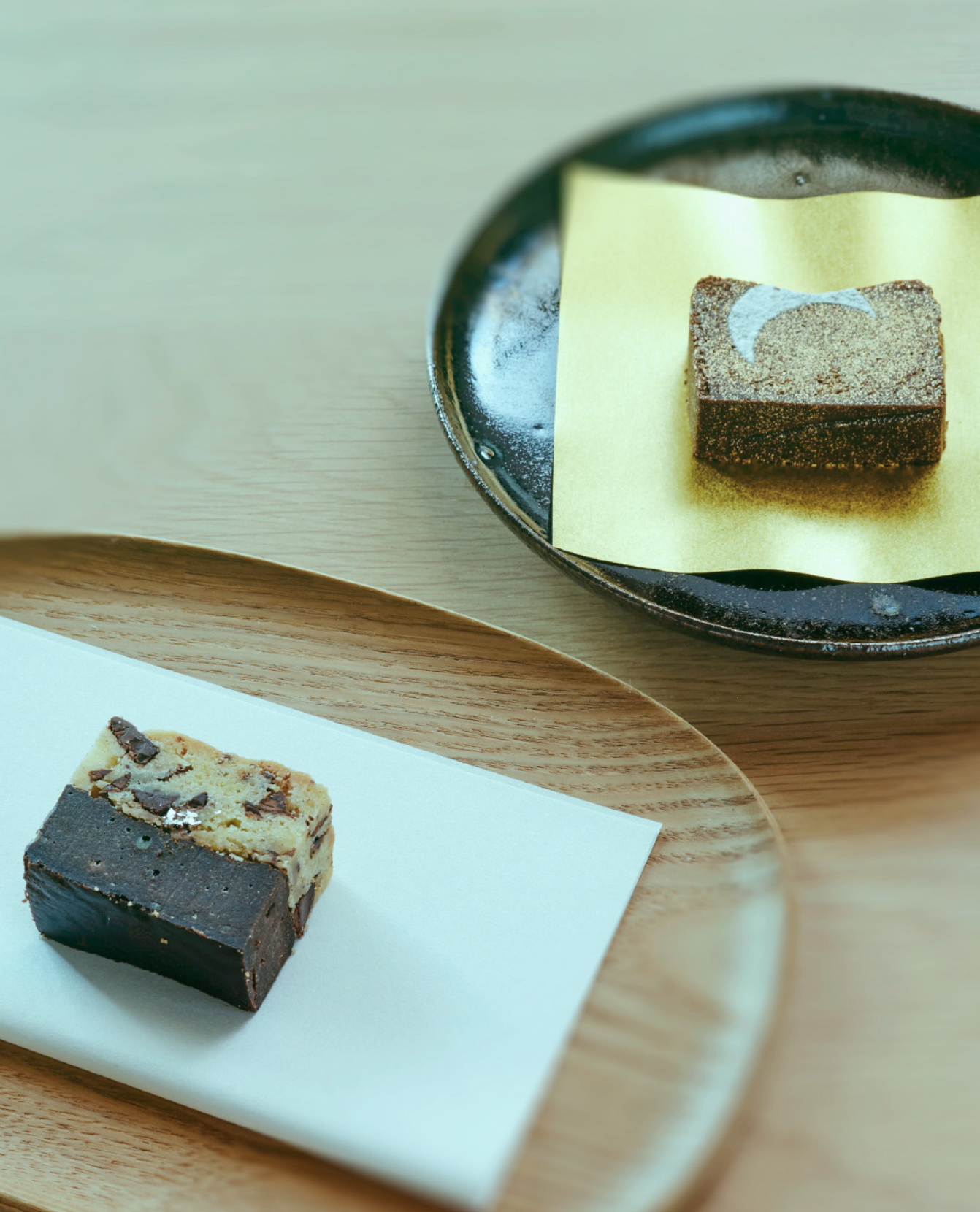
Both Chocolat and Wagashi. Seasonal
treats that embody the essence of each
season.
The word “chocolat” in the title is used as a symbol. The
idea is that just as wagashi(Japanese sweets) prepared for
the tea ceremony are based on seasonal and annual
events, western sweets can also play a role as sweets for
the tea ceremony if they express the sense of the seasons
and natural features. Both western and Japanese
confections are important friends of the tea ceremony and
chocolates.
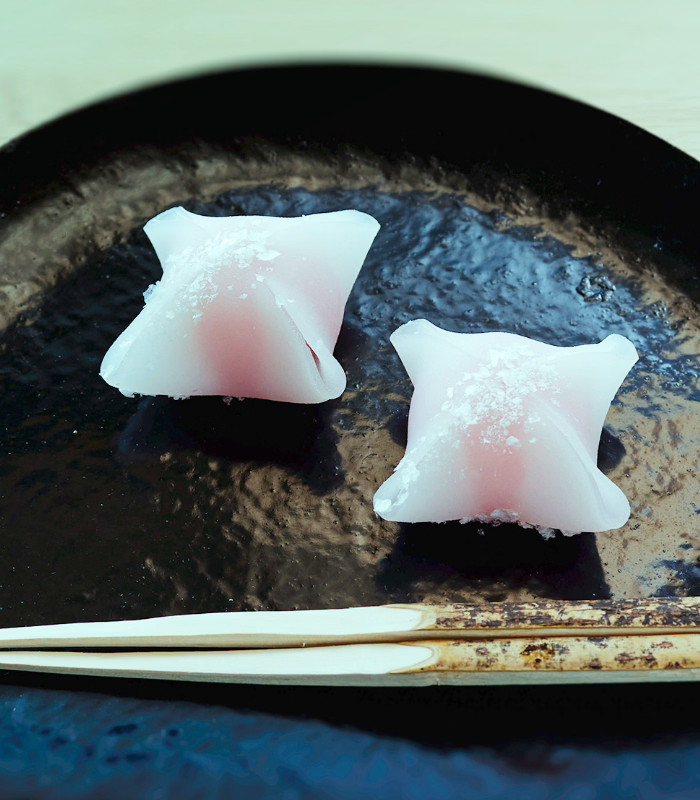
The tea ceremony can be enjoyed more
freely by those in wheelchairs.
It can be enjoyed by people in wheelchairs, those with leg injuries, seniors, and those who have given up on the tea ceremony because it is held in a tatami room. The goal of “Sado et Chocolat” is to allow more people to freely
become familiar with Japanese culture through the tea
ceremony.
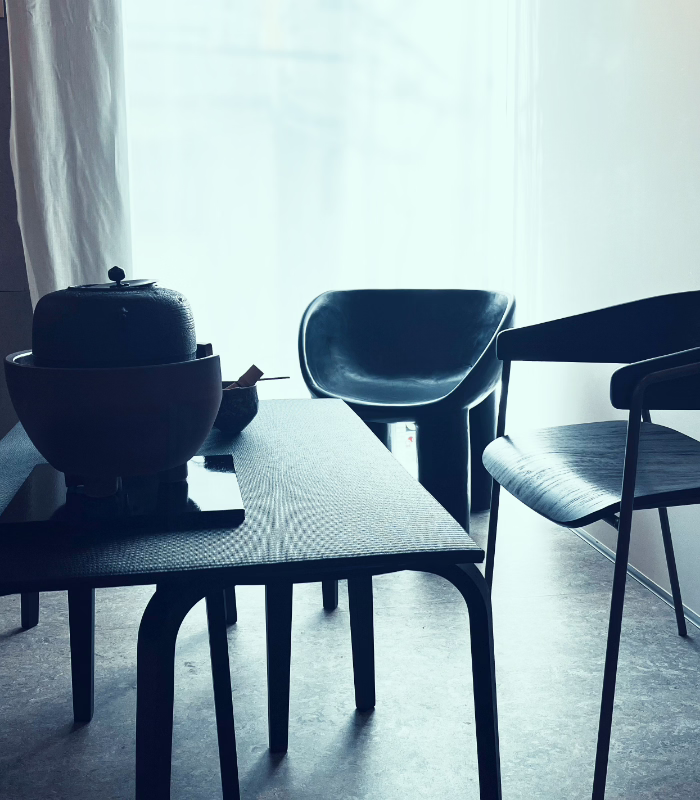
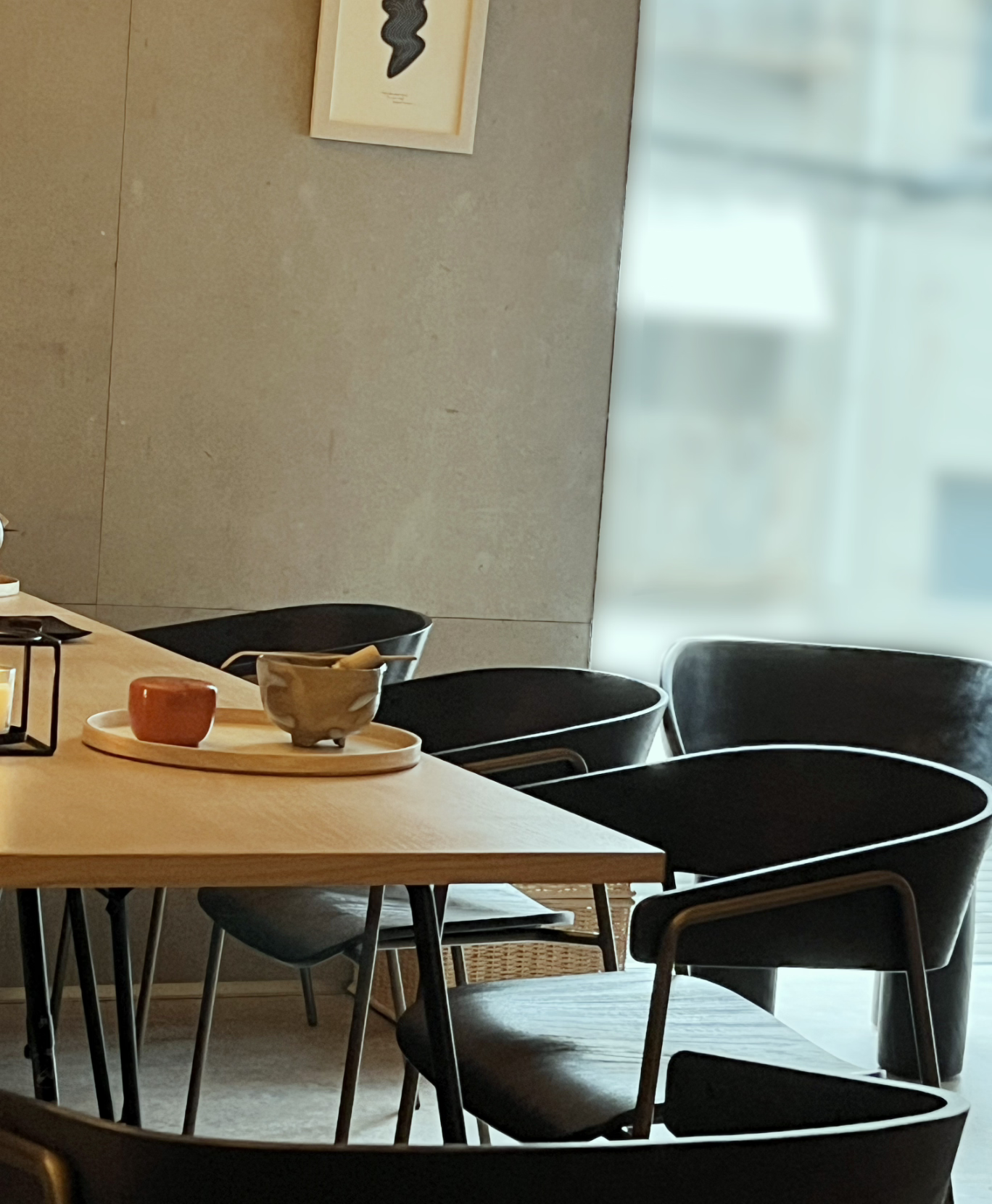
-

Details
-

Online Shop


